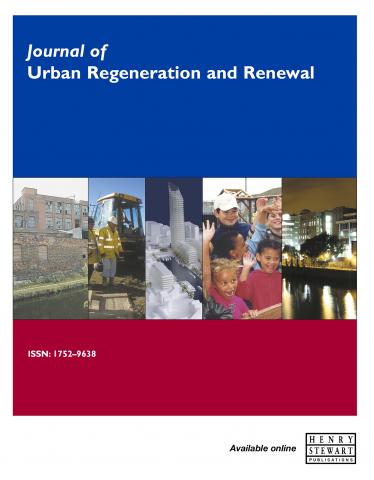“The new thinking which this journal encourages is amazing.”
Charting a path for cities in the Second Machine Age with or without the car: A focus on the human experience
Click the button below to access the full article.
Abstract: Two major components of technological change, innovations in transport and the automation of human labour, have been shaping and will continue to shape the built environment in the years to come. The coming decades are expected to see a steady increase in automation across all industries. Cities and regions will experience a transition from today’s experimentation with semi- autonomous vehicles towards a future of fully autonomous vehicles. The Second Machine Age, a period of history centred on the automation of human cognitive functions, will transform cities by automating many aspects of daily life that generate the traffic patterns we experience today. How are urban areas to adapt to change with such far-reaching potential? Cities will first need to understand the impacts of this transformation and should respond by redoubling efforts to improve the human experience on multiple fronts. There will be an urgent need to build equitable environments and also creatively reuse infrastructure. Many urban areas may ultimately shift the focus away from transport as a defining feature of place.
Keywords: autonomous vehicles, driverless cars, artificial intelligence, automation, technology, transport
Stephen J. Conschafter is a certified planner and urban designer at SmithGroupJJR in Washington, DC. He is passionate about cities and studying the interrelationship between technological change and the built environment.



